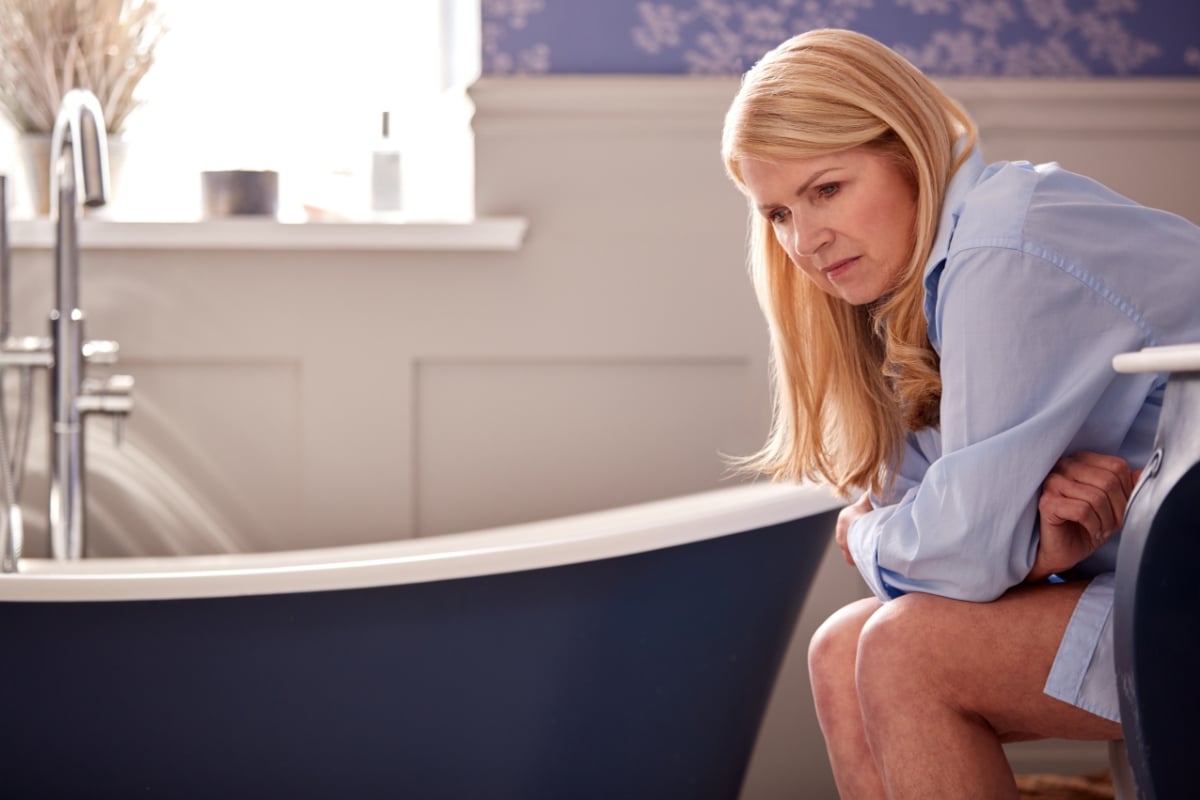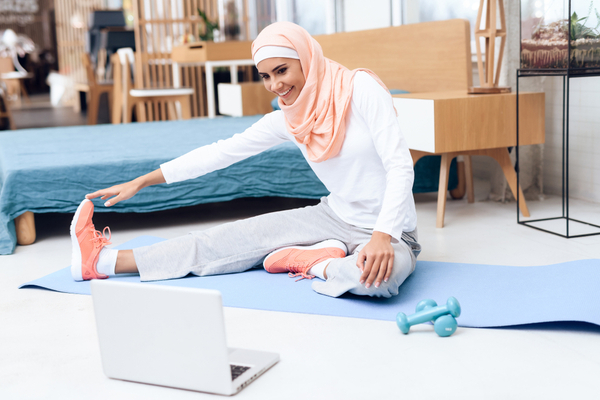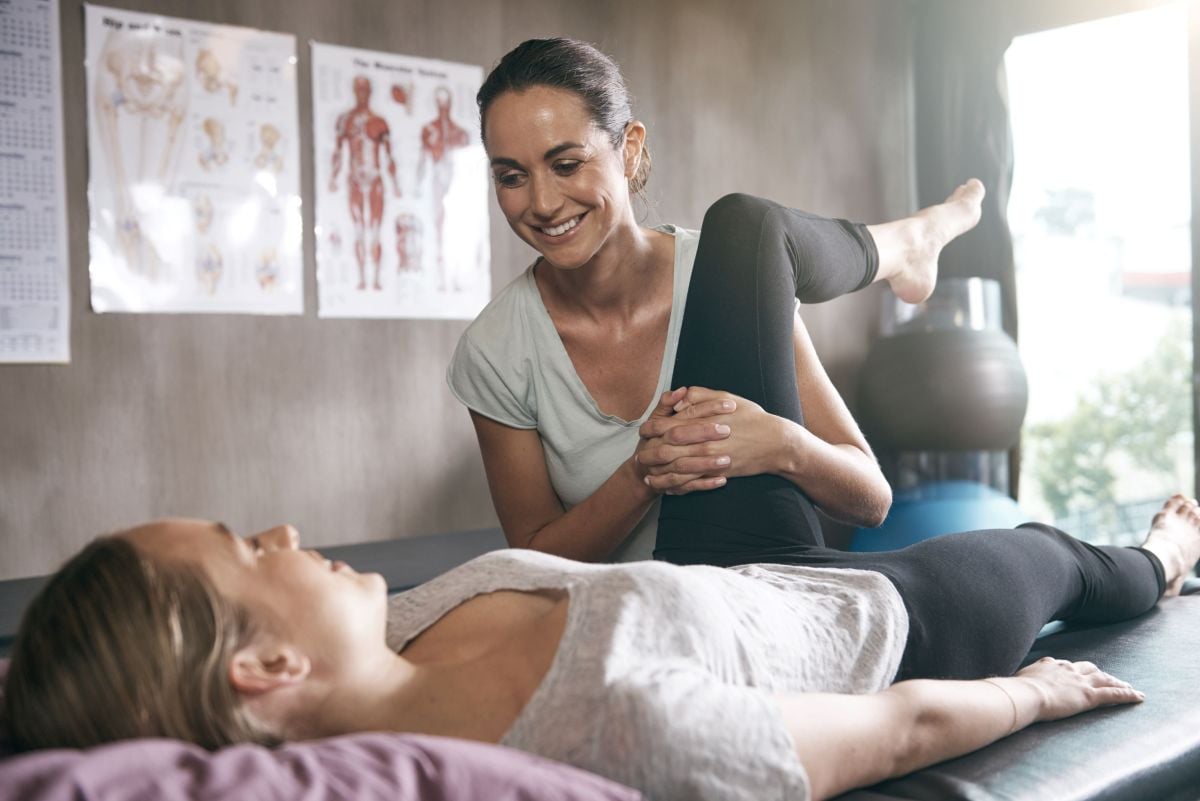
Worried about your child’s bathroom accidents? Pelvic physiotherapy can help

Packing extra clothes for school or play dates, late night bedsheet and pajama changes, the worry about your child’s self-esteem and confidence - these are all stressful considerations many families face when a child is having “bathroom accidents.”
Did you know that 1 in 6 children under the age of 17 struggle with some form of incontinence? Although incontinence in children is common, it is not normal, and Lifemark has paediatric pelvic physiotherapists that can help families regain confidence and control.
Urinary incontinence is defined as the loss of bladder control. When this happens regularly in children over the age of 4, it is known as enuresis. There are different types of enuresis, and your child may have one or more of the following:
- Diurnal Enuresis (daytime wetting)
- Nocturnal Enuresis (nighttime/ bedwetting)
- Enuresis Risoria (Giggle Incontinence)
- Primary Enuresis (when a child has not fully mastered toilet training)
- Secondary Enuresis (when a child has periods of dryness but then returns to periods of wetting)
Why is my child experiencing these accidents?
So, you are probably wondering, “why is this happening to my child?” Enuresis can be frustrating and stressful for everyone. However, it is important to remember that your child does not have control over this issue and there are multiple things that may be giving rise to your child’s accidents that are discussed below:
1. Constipation
When the bowel is too full due to constipation, additional pressure is put on the bladder, resulting in involuntary urinary leakage.
2. Urination postponement
When a child ignores the urge to go to the bathroom, the bladder becomes too full, causing urinary leakage. Toilet avoidance is something that is common in children and can occur for a variety of reasons including pain, fear, distraction, fear of missing out, or embarrassment.
3. Tight pelvic floor muscles
Dysfunctional voiding due to tight pelvic floor muscles occurs when the muscles that control the flow of urine out of the body don't relax completely, leaving a bladder that is never fully emptied. This may cause children to visit the bathroom more frequently due to leftover urine in the bladder.
4. Weak pelvic floor muscles
When the muscles of the pelvic floor are weak, they are unable to contract to prevent urine from leaking. This is particularly difficult when there are additional forces at play during activities like running, jumping, laughing, or sneezing.
5. Overactive bladder
Children may feel the need to urinate more frequently or have a sudden urge to urinate. This is the result of bladder muscles that are overactive or contracting more often causing an urge to void the bladder.
6. Underactive bladder
“Lazy bladder syndrome” is the opposite of an overactive bladder, meaning that bladder muscles are unable to contract as readily which causes prolonged or slow bladder emptying. Children with an underactive bladder may not urinate frequently and are able to go long periods of time (more than 12 hours) without using the bathroom. Children may feel the need to “strain” in order to urinate due to the bladder muscle itself being weak and unable to push out, or void, the urine.
How can physiotherapy help?
You may have heard that pelvic physiotherapy typically involves an internal exam, and you are concerned about how that might work with young children. When dealing with children who are having pelvic health issues, our physiotherapists ensure that the treatment is as non-invasive as possible. Therefore, an internal exam is usually not required as part of an assessment or treatment for a child’s pelvic health concerns.
A common treatment technique used by physiotherapists is called urotherapy. This is a conservative, management-based approach which includes education about the anatomy and function of the lower urinary tract as well as behavioural modifications. Some behavioural modifications may involve the correction of toilet postures, the avoidance of holding manoeuvres (I’m sure you all are familiar with the crossed legged position), adjustment of fluid intake, and scheduled or timed voids. A physiotherapist will tailor a treatment program that is unique to your child’s needs, while making treatment fun and interactive!
Pelvic physiotherapists are here to help you and your child regain confidence and ease the stress around bathroom accidents. We understand the emotional strain childhood pelvic health concerns can have on both the child and the parent. Constantly worrying about social interactions and whether your child is avoiding activities because they might have an accident can be difficult, but we can help!
For further guidance, check out our locations page to find a clinic near you or book online to schedule an appointment with a pelvic health physiotherapist.
This blog was written by Kayla Teeter, a 1st year physiotherapy student from the University of Toronto.






